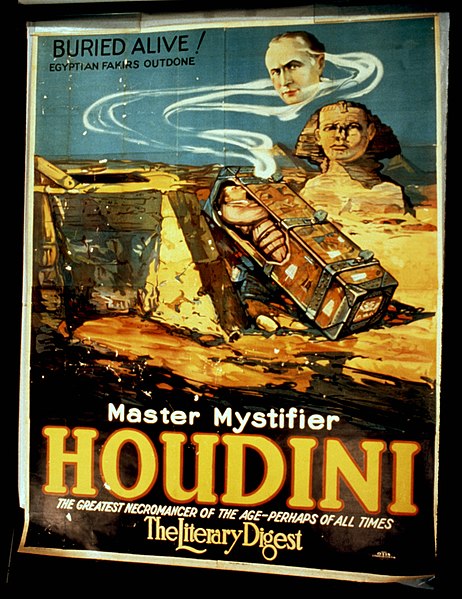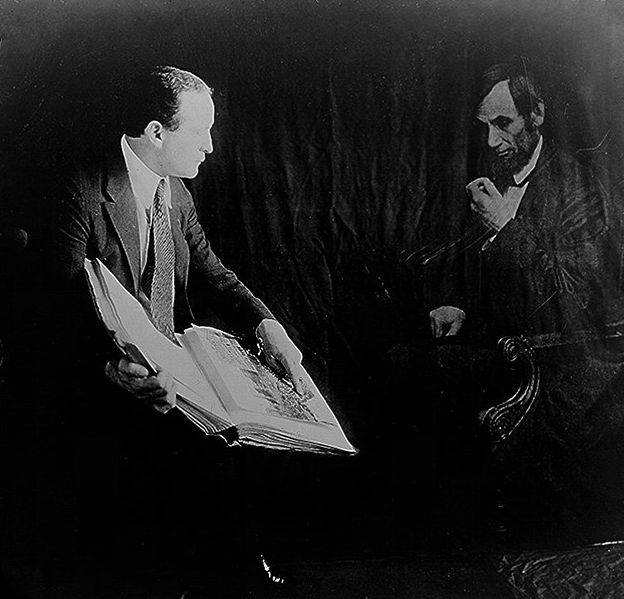Watch Your Head: Dullahans & Death Coaches
Here, there be horsemen.
In English literature, he is Sir Gawain's immortal combatant, the Green Knight. In Scottish legends, he is Ewen-of-Little-Head. And in Irish folklore, he is the Dullahan.
As you may have guessed if you were a Lit major who remembers certain medieval poems, the Dullahan is the headless rider of a gigantic steed.
Unlike the Green Knight, however, the Dullahan's ink-black horse breathes sparks and flames from its gaping nostrils, and the Dullahan holds his head--which sometimes described as having the color and/or consistency of moldy cheese--aloft, which aids his supernatural sight.
His head, with its deep hollows for eyes and its rictus grin, is sometimes secured beneath his leg instead. He rides with a long whip... made of human vertebrae.
Celts are morbid.
He rides in pursuit of a single mortal soul: a particular person doomed to die at the Dullahan's gruesome whim. But the dullahan is also afflicted with limited speech, and is only able to utter one name--this one person's name--per journey.
And this one person cannot escape the Dullahan, because all locks, no matter the gate or door, will open to him.
If another unfortunate soul happens to see the dread Dullahan, he will blind one or both their eyes--striking it out with his grotesque whip--or throw a bucket of blood in their face.
Celts are really, really morbid.
This grim rider reportedly originated in the worship of Crom Dubh, a fertility god who demanded human sacrifice. This sacrifice, undertaken by a certain ancient Irish king, was best made by decapitation.
But when Catholicism galloped in to change the world, Crom Dubh still demanded headless sacrifice, and manifested in so-called corporeal form, as the Dullahan.
The Dullahan's counterpart in other regions of Ireland is the Coiste Bodhar, or Death Coach.
The Coiste Bodhar's headless coachman reigns four or a half-dozen pitch black horses, who pull a coach made of coffins and/or human bones.
The Death Coach moves at such unnatural speed that the brush lining the road it barrels down are often set to flame. The rickety rumbling of its wheels is often accompanied by a banshee's wail.
Scotland has its own death coach: a pale shade, ringing for and collecting the dead, that haunts the cobbled Royal Mile in Edinburgh. As in Ireland, to witness the Death Coach is an omen of your demise.
And of course, the Dullahan inspired author Washington Irving as he wrote his short story set in Sleepy Hollow, New York.
We know the tale by our modern Dullahan: the Headless Horseman. He is an agile rider bearing a carved pumpkin as his severed head. And after a harvest festival rife with ghost stories and punctuated by refused marriage proposals, the Headless Horseman pursues schoolmaster Ichabod Crane into the deep autumn night, toward the Old Dutch Burying Ground.
Ichabod Crane is never seen again.
All that is left of him is his hat, his horse's tramped saddle, and a pumpkin shattered on the ground. His ghost, old wives have said, wanders melancholy throughout the village of Sleepy Hollow, "spirited away" as he was "by supernatural means."
Despite your recollections of certain awesomely Gothic film from 1999, the original story did not speak so much to the Horseman being a real supernatural presence.
Instead, it implies that Brom Bones, costumed as the ghost of the Headless Horseman, chased down Ichabod Crane and either banished him or outright murdered him, all for Katrina Van Tassel's hand in marriage.

The Old Dutch Church in Sleepy Hollow New York, 1907.
And in a fun historical twist, it turns out that Ichabod Crane was a real man--not an awkward schoolmaster, but a career soldier in the United States Army, who participated in the War of 1812, and with whom Washington Irving had become acquainted.
Major Crane is buried on Staten Island in one of the most awesomely eerie cemeteries I've ever beheld.
Happy Halloween, friends.
































